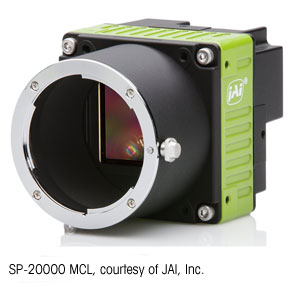
Every year, when I sit down to write this article, I am a bit challenged to come up with some new and interesting data to share with you. This year was no different. At first glance, the salary data does not seem to change much from year to year. Sure, there is always a little fluctuation in the salaries by job function, degree, industry segment, etc.
It turns out that we have extracted some pretty interesting data from this year’s survey. Be sure to read the entire article, because at the end I provide you with a recipe to achieve the highest salary.For example, the average salary in the U.S. has increased by 2.8%. Ho hum. The top paying job function is Industrial management. Did not see that coming! Actually, I did. So what do we have that is new to share this year?
There is definitely some good news. Salaries have increased slightly, but job satisfaction has increased more—by five plus percentage points. It is definitely a job seekers market. The demand for quality automation professionals continues to increase. In fact, if you are in the market for a new job, you will likely have multiple offers on the table. The bad news is the skills shortage is very real and will not get better any time soon.
So without further ado, InTech again collaborated with Automation.com to conduct the annual salary survey. Our survey had 4,674 responses from automation professionals located around the world, with 56% from the U.S. Because salaries around the world vary greatly, we broke out the U.S. responses only to avoid skewing results. All the results quoted in this article, other than average salary by region of the world, represent U.S. responses only.
refer to:http://www.automation.com/factors-that-affect-your-salary-what-you-need-to-know




